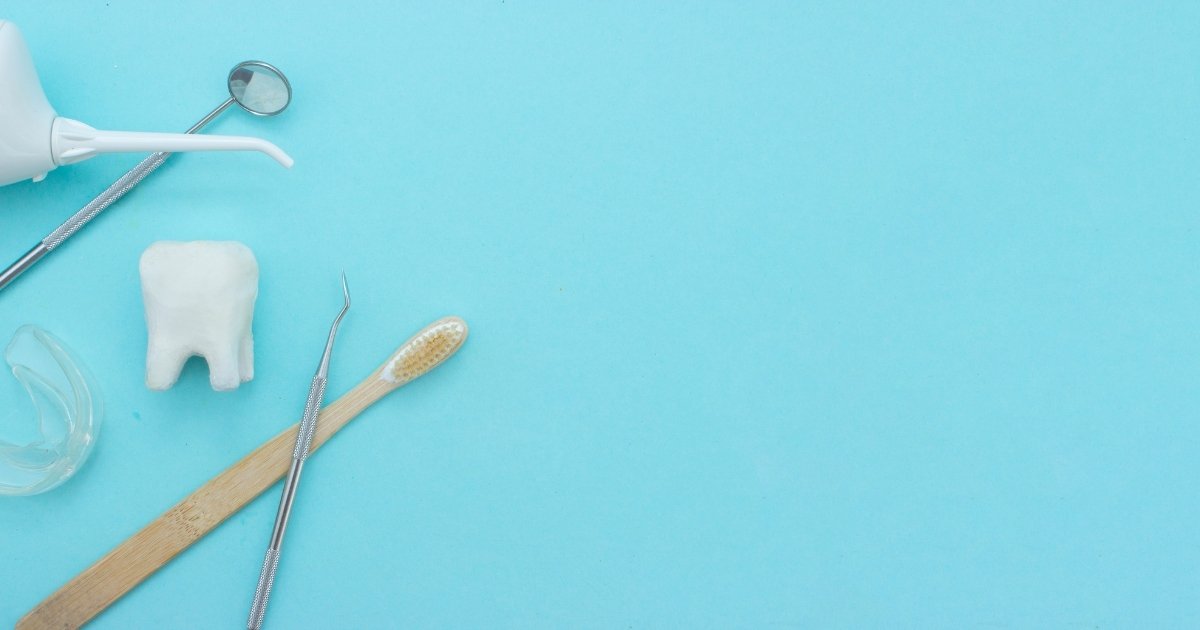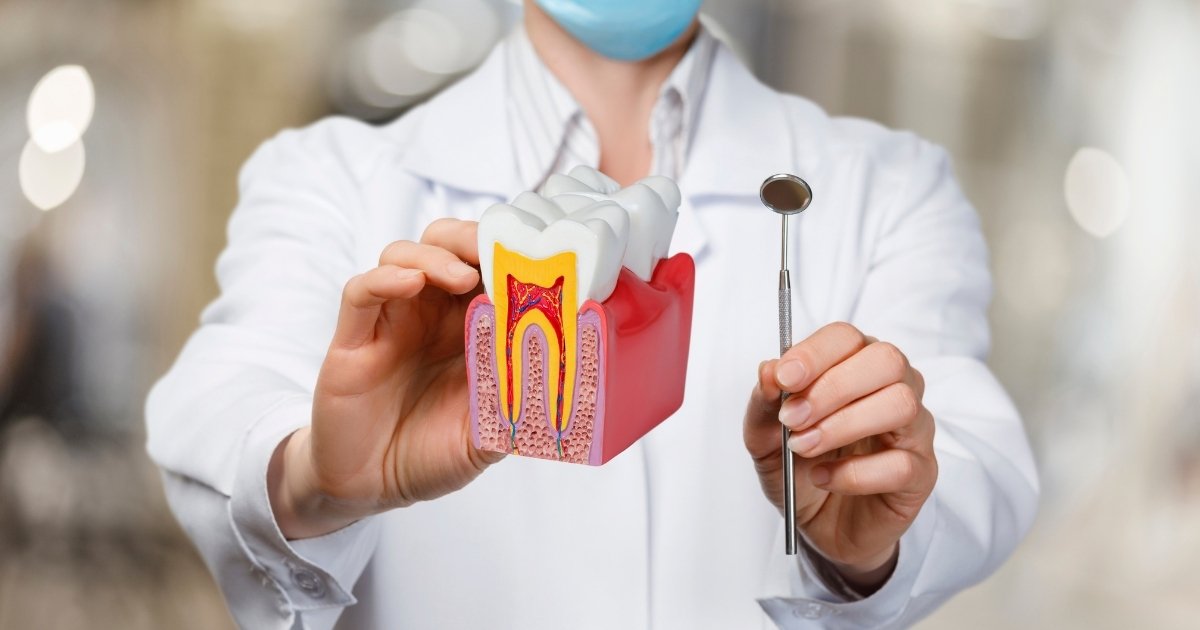Call Us Today 817-737-7668

Gum grafting is a common procedure in cosmetic dentistry. Many people seek it for aesthetic reasons. However, it offers several functional and health-related benefits. Gum recession can lead to serious dental issues over time. It exposes the roots, causing sensitivity and an increased risk of decay. This grafting treatment not only enhances appearance but also protects oral health.
The procedure helps strengthen the gumline, reducing further tissue loss. It lowers the risk of infections and improves overall comfort. Without treatment, receding gums may lead to tooth loss and bone deterioration. Gum tissue grafting plays a crucial role in maintaining a strong oral foundation.
By restoring lost tissue, gum tissue grafting improves long-term dental health. It also prevents future complications and supports jawbone structure. This article explores the numerous advantages beyond aesthetics. Understanding these benefits can help individuals make informed decisions about their oral care.
How Grafting Works?
Gum grafting is a simple and effective dental procedure. It helps restore lost gum tissue and protects exposed roots. A periodontist performs the surgery using tissue from different sources.
Step-by-Step Procedure
- Evaluation and Preparation: The dentist assesses the condition of the gums. They select the best grafting technique based on severity.
- Tissue Collection: The surgeon takes tissue from the patient’s palate or uses donor tissue.
- Graft Placement: The collected tissue is carefully positioned over the receding gums.
- Stitching and Healing: The dentist secures the graft with sutures and applies a protective dressing.
- Recovery Monitoring: The patient follows post-surgery care instructions for optimal healing.
Recovery Process and Healing Timeline
Patients experience mild discomfort after gum tissue grafting Frisco. Swelling and sensitivity may last a few days. Soft foods and gentle oral hygiene help recovery.
Healing takes about two weeks, but full integration may take months. Dentists provide pain management and antibiotic recommendations. Follow-up visits ensure proper healing and long-term success.
How Advantageous Is Gum Grafting?
1. Prevents Further Gum Recession
Gum grafting stops continuous gum loss by reinforcing weakened areas. It protects the teeth from further exposure. Receding gums expose tooth roots, increasing the risk of infection. Strengthening the gumline prevents sensitivity and enhances oral health.
2. Reduces Tooth Sensitivity
Exposed tooth roots cause discomfort when eating hot, cold, or sweet foods. Gum tissue grafting covers these sensitive areas, reducing nerve exposure. Patients experience relief, allowing them to enjoy daily activities without pain.
3. Lowers Risk of Tooth Decay and Root Cavities
Tooth roots lack enamel, making them prone to decay. Bacteria and plaque accumulate quickly in these areas. Gum tissue grafting creates a protective barrier, reducing cavity formation. It strengthens the gumline, preventing further exposure to harmful bacteria.
4. Improves Oral Health and Hygiene
A strong gumline makes cleaning teeth easier. Deep pockets caused by gum recession trap bacteria. Gum tissue grafting reduces pocket depth, lowering infection risks. Patients can maintain better oral hygiene with stronger and healthier gums.
5. Enhances Long-Term Tooth Stability
Weak gum support leads to loose teeth. This procedure reinforces the gums, securing the teeth in place. Without proper support, teeth may shift or fall out. Strengthening the gums helps maintain a stable and aligned bite.
6. Boosts Overall Oral Comfort
Receding gums cause irritation and discomfort while eating or speaking. Gum tissue grafting improves bite alignment and eliminates sensitivity. It reduces gum inflammation, making daily activities more comfortable. Patients experience a pain-free and healthier mouth.
7. Supports Bone Health
Gum health directly affects jawbone preservation. The recession of gum leads to bone loss over time. Gum tissue grafting prevents further bone deterioration by providing necessary support. It maintains facial structure and prevents premature aging caused by bone loss.
Who Should Consider Gum Tissue Grafting?
1. People Experiencing Gum Recession
Anyone with receding gums should consider gum tissue grafting. It stops further tissue loss and protects exposed tooth roots. Delaying treatment can lead to severe dental complications.
2. Those with Tooth Sensitivity or Exposed Roots
If eating or drinking causes discomfort, gum tissue grafting is beneficial. It covers sensitive areas, reducing pain and improving oral function. Protecting the roots prevents further complications.
3. Patients with a History of Gum Disease
Gum disease weakens the gum line, leading to tissue loss. This procedure helps restore lost tissue and strengthens oral health. It lowers the chances of future infections and periodontal issues.
This treatment is more than a cosmetic procedure. It prevents further gum recession and improves oral health. The treatment reduces sensitivity, lowers cavity risks, and enhances tooth stability.
Patients with gum recession or sensitivity should consult a dentist. Gum tissue grafting supports bone health and prevents long-term dental issues. Seeking early treatment ensures a stronger and healthier smile.
If you experience gum recession, schedule a consultation today with us. Protect your smile and improve your oral health with gum tissue grafting.




